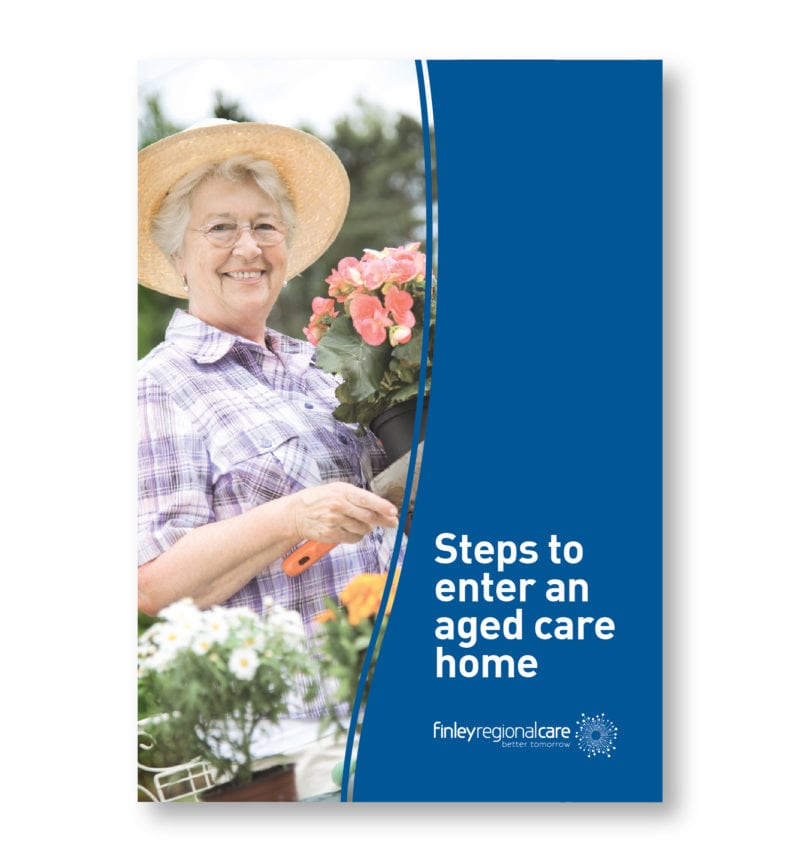Falling over is always a worry, but it’s particularly risky the older you get. And the older you get, the more chance you have of falling … or do you?
Falls in older people can be caused by a combination of age-related cognitive and physical changes, coupled with pre-existing health conditions that make a fall more likely. But are falls inevitable as we age, or is there something we can do to reduce our fall risk?
Turns out there is, and falls and fractures are NOT inevitable for seniors. The old adage, “use it or lose it” has never been more applicable than in the case of falling. Here are six things you can’t afford to lose as you get older – and how keeping them can significantly reduce your risk of a fall.
Losing bone density
It’s a given that without intervention, our bones inevitably become weaker and more brittle as we age. Bone strength tends to peak in our 30s, and from them it’s a gradual decline in functional bone density as we slide into our middle and older years. Bone remodelling is a continuous process where old bone tissue is broken down and replaced with new bone. As we age, this process becomes less efficient, leading to an overall loss of bone mass. Our bodies naturally start losing more bone than they build, leading to a gradual decrease in bone density – and this is a big problem as we get older. Brittle bones increase the risk of falls due to their reduced strength and density – and when we do fall, they increase the risk of a break or fracture.
How to keep it
The key aspect to keep in mind though, is that while some bone density decline is inevitable, serious levels of bone density loss are only inevitable without intervention. With interventions such as these, you can significantly reduce your risk of bone density loss leading to falls and fractures:
- Regular weight-bearing exercise, such as walking, jogging, or sports like tennis or basketball, which helps put stress on the bones and stimulates them to become denser
- Regular resistance training, using weights or resistance bands to add stress to the bones and strengthen them
- Getting adequate amounts of calcium and Vitamin D
- Taking medications to prevent bone loss if recommended by your doctor
- Reduce smoking and alcohol consumption
Losing muscle mass
As people age, they naturally lose a percentage of their muscle mass and strength, and this significantly contributes to falls due to impaired balance and reduced ability to recover from stumbles. Weak leg muscles in particular make it harder to maintain stability, and strong muscles are crucial for maintaining balance and preventing falls.
How to keep it
Again, while some age-related muscle loss is inevitable, the extent to which you lose muscle mass is within your control to a great degree. To improve muscle mass, use these strategies:
- Engage in strength and resistance training at least twice a week
- Consume plenty of protein (aim for 10 – 35% of your daily calories in protein)
- Eat protein-rich foods before and after your workouts to optimise muscle protein synthesis
- Allow your muscles sufficient time to recover and rebuild between workouts
- Get 7 – 9 hours sleep a night
- Get plenty of Vitamin D
Losing flexibility
As people age, their joints and muscles tend to become stiffer, limiting functional range of motion. This reduced flexibility makes it harder to adjust to uneven surfaces, react to unexpected movements or recover from a stumble, thus increasing the risk of a fall. Proprioception (the body’s sense of its position in space) can also decline with age, leading older people to misjudge steps or misplace their feet, contributing to the chance of a fall. As well, stiff joints and muscles can affect a person’s gait, making it less stable and more likely to shuffle, which in turn can make it harder to navigate obstacles.
How to keep it
Maintaining flexibility as you age is crucial for mobility and injury-prevention. Try these strategies:
- Incorporate both static and dynamic stretching a few times a week
- Try yoga, Pilates, Tai Chi, dancing or swimming classes
- Try a stretching class as your local gym
- Incorporate regular physical activity to help maintain muscle flexibility
- Consult a physiotherapist or exercise physiologist to get personalised advice, guidance or gentle stretching programs tailored to your unique needs
Losing balance
Our sense of balance tends to deteriorate as we get older, due to many of the factors listed above, such as muscle loss, bone loss and flexibility loss. All of this makes it harder to keep our balance, and to remain stable and steady as we navigate our environment. Our declining cognitive abilities also contribute to balance loss, as age and inactivity can lead to slower processing as our brain tries to help us balance. Add in the unsteadying effects of medication, slower reaction times and diseases such as arthritis in weight-bearing joints, and the risk of falls rises steeply.
How to keep it
The good news is that it’s possible to reduce your risk of falls by improving your balance. Try these strategies:
- Do balance exercises like single-leg stand, heel-to-toe walk or sit-to-stand (a quick Google search will give you plenty of exercises to try).
- Work with an accredited exercise physiologist to teach you ways to improve your balance and to correct your technique.
- Maintain a healthy weight.
- Participate in regular strength training.
- Participate in regular cardiovascular exercise, which contributes to better balance and coordination.
- Regularly stretch your muscles, or try Yoga or Pilates to improve flexibility and range of motion, which are important for balance.
Click here to read more about improving your balance as you get older.
Losing eyesight
The ageing of our eyes can be a problem, and can contribute to our risk of falls. Reduced depth perception, contrast sensitivity and visual accuracy make it harder to navigate the environment safely, and increase the risk of losing your balance or tripping. Older adults with poor vision will often have a harder time detecting and avoiding obstacles, leading to stumbles and falls.
How to manage it
While eyesight does generally decline with age, there’s plenty you can do to improve your visual abilities:
Try these strategies:
- Have annual eye exams to help detect and treat eye conditions early
- Eat a diet full of nutrient-rich foods, such as dark, leafy greens, colourful fruits and vegetables and fish high in omega-3 fatty acids
- Wear sunglasses whenever you’re outdoors
- Wear computer glasses or anti-reflective lenses to reduce strain from prolonged time in front of a computer screen
- Quit smoking, as it increases the risk of cataracts and age-related macular degeneration
- Maintain a healthy weight, as obesity can contribute to contribute to a range of eye conditions
- Do regular exercise, which benefits the tiny blood vessels in your eyes
Click here to read more about how to fall-proof your home.
Losing confidence
All of the above issues contribute to one of the biggest problems older adults experience – lack of confidence. Falls can be frightening, and this fear can lead to older people avoiding activities such as walking, gardening, shopping or exercise. Ironically, this generally leads to a greater risk of falls, as this lack of movement and activity will weaken muscles and deteriorate their balance, making them more susceptible to falls. It’s a vicious cycle where fear of falling leads to decreased activity, thus further increasing the risk of falls.
How to keep it
So, how to keep your confidence high as you age? As well as all the strategies listed above, which will help lower your risk of falling, try these strategies:
- Exercise in group settings, so that you feel comfortable and supported
- Try physical therapy to help pinpoint the cause of balance problems and teach you techniques to address them
- Use assistive equipment such as canes, walkers, handrails, grab bars, reachers and raised toilet seats
- Remove tripping hazards in your home that could cause you to stumble
- Improve lighting in your home so that you can see better and avoid potential falls
- Review your medications with your doctor to identify any that may increase your risk of falling
- Wear proper, stable and supportive footwear


 Preparing for change
Preparing for change
